2018 Hurricane Season April Update 7 years ago
April 10, 2018
- Analogs are based off last year.
- Double weight to 1951 and 2006.
- 2014 added as SSTs are closest match.
- No changes in the numbers from March's forecast.
- Cool-looking AMO evolving.
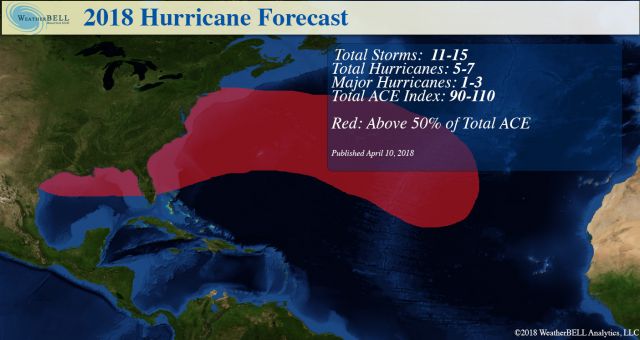
The Euro has below normal SSTs in the August-October period in the Main Development Region. This has the same look as 2014, a relatively down year:
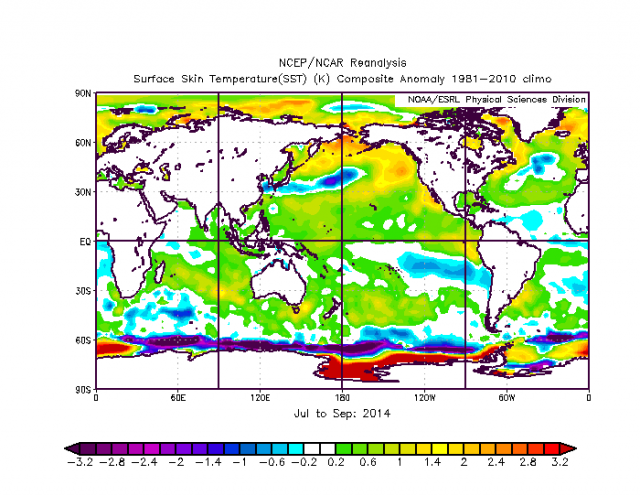
The surface pressure pattern from August-October off the Euro Seasonal is flat out ugly if you are looking for a year with high activity. The last 10 low activity years show a similar pattern:
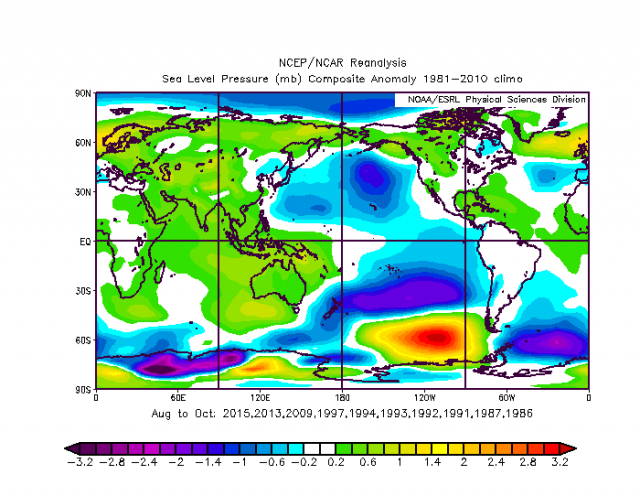
That analog would be a much lower ACE than normal. So I think if we get more confident on where this is going, that figure will be lowered. However, it is dangerous to make a forecast off a forecast. Last year we were bullish on impact, but the ACE went way over what we forecasted. However, it was the third consecutive year that the impact idea went well.
The pressure pattern above suggests that storms in the Main Development Region will be smaller or weaker than normal, but the higher than normal pressures over the western U.S. into Canada and in the North Atlantic is interesting, for the chance of higher than normal intensities farther to the north are possible outside of the Deep Tropics. Farther to the west, there is an awful lot of high pressure over land and in the North Atlantic again. However, there are higher pressures over the Gulf and into the Sargasso Sea. This suggests that a lot of the intensity is going to be near and off the East Coast of the U.S. and into the central Atlantic.
Note that two of the analogs (now a year later), 1951 and 2006, had weak El Niños develop. In three of the years, 1951 with an El Niño, 1996 and 2011, fairly active seasons followed. There is an interesting blend of solutions that in April continue to warrant attention.
1934:
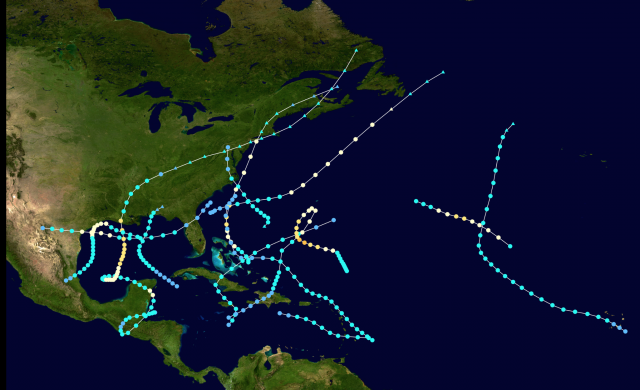
There was not a lot of intensity in the Main Development Region that year.
1951 was an El Niño year with a big ACE total, but little major impact. Once again higher intensities were to the north of 20°N:
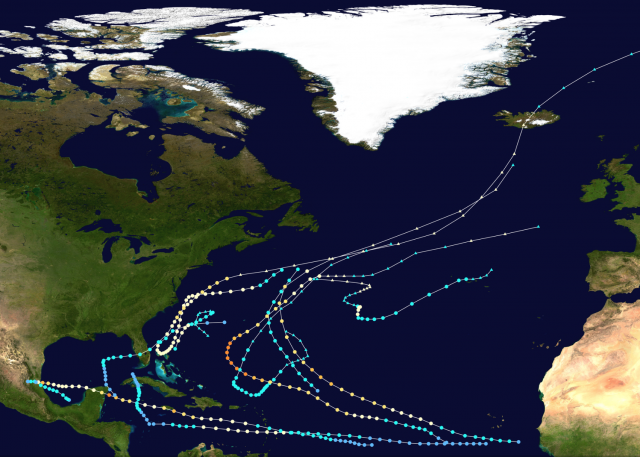
1996 was a big year with lots of hits:
.png)
2006 was a relatively harmless season, though Ernesto on Labor Day raised a ruckus (though not named at the time) with hurricane gusts from Virginia Beach to New Jersey.
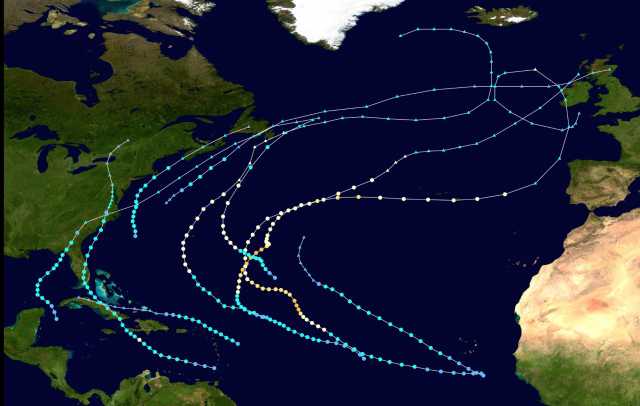
2011 was a low impact year but was active:
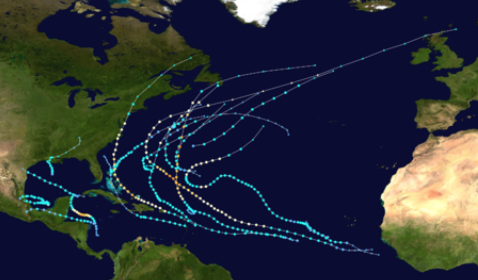
The AMO and TNA values have turned negative. While there is always a danger that we could follow along the lines of 1950-51 and 1995-96 with double big impact years (with a lesser degree of impacts in 2010-11), I am forecasting a normal year overall.
So where do I think over 50% of the total ace is going to occur? To the north of 25°N to well out over the Atlantic. Bob in 1991 and Belle in 1976, along with some other with big hitters in El Niño years have me concerned there. I feel the total ACE forecast is more likely to be lowered than raised.
The Verdict
As far as impact, unlike last year when we plainly had the U.S. in the cross-hairs, this year it looks like the U.S. will be on the western edge of the highest ACE area (50% or more). This will extend between 30°N and 40°N from the U.S. coast to the eastern Atlantic In close development is going to be an interesting challenge this year. Shorter tracked storms pose a big challenge as the huge mature ones are easier to gauge in most cases.